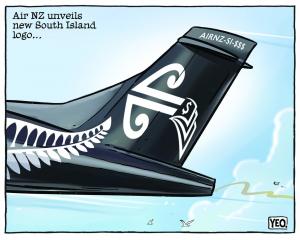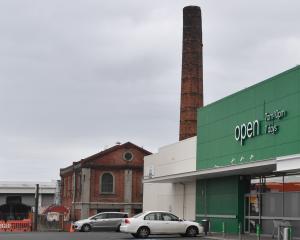New Zealanders have learnt some harsh lessons about building safety standards in the wake of the Christchurch earthquakes and Auckland's leaky building crisis.
So it is heartening to see key building industry regulators taking a front-foot stance over growing reports about dodgy building parts making their way into this country.
The Building Industry Federation and Construction Industry Council recently announced they were looking at product quality after concerns were raised about a range of imports.
That followed news of an investigation by the Ministry of Business, Innovation and Employment (MBIE) into a ‘‘grey market'' in plumbing products that could breach standards.
Building Industry Federation chief executive Bruce Kohn said the problem of inferior imported products was escalating.
Of particular concern were plumbing, electrical products, exterior cladding, roofing and glass.
Plumbing parts, which are expected to last New Zealand's durability standard of 20 years, appear to be leading the concerns.
There have been reports of imported copper pipe becoming soft and leaking, which could lead to leaky homes.
One plumber claims to be aware of instances where pipe had been stamped with a New Zealand code, when it did not meet that code.
Minister of Building and Housing Nick Smith has played down the claims, saying his officials had found no evidence of problems with substandard plumbing products in new homes.
But plumbing groups appear to have genuine concerns that there are no legally enforceable standards for pipes and fittings in New Zealand.
They believe half of all new houses would fail plumbing performance tests in Australia.
With a building boom being experienced in many parts of the country, but particularly in Christchurch, it is no surprise some people are looking to take advantage of the situation.
With a rush to complete building, and pressure to save money, comes a rush to find the cheapest parts to complete the work.
But there is a price to pay for using inferior products, or taking shortcuts when it comes to meeting certification standards.
The leaky home crisis came to light in the late 1990s after the use of inferior cladding on homes.
A Price Waterhouse Cooper report estimated the true cost of the disaster was between $11 million and $22 billion.
An Auckland law company continues to represent about 6000 leaky-home owners.
The 2011 Christchurch earthquake, and in particular the collapse of the CTV Building which claimed the lives of 115 people, only highlights the need for rigorous building standards to be met.
When it comes to natural disasters, there is no telling when the next life-threatening event will occur or the impact it will have.
We can at least be prepared. That means ensuring the quality of our building products.
In light of this it is also a relief the Commerce Commission has confirmed it will investigate Steel & Tube after revelations last week of a product test certification issue over its Hurricane steel mesh.
The company claims to be the largest manufacturer of steel reinforcing mesh, used to strengthen concrete in buildings.
Its Hurricane certification for the past four years has incorrectly included the logo of accredited testing lab Christchurch-based Holmes Solutions.
It helped develop the original mesh testing programme, but does not now run the programme, which was done in-house.
Steel & Tube chief executive Dave Taylor said the use of the logo was an oversight and he had apologised to Holmes. He remained confident the mesh complied with appropriate standards.
It is hoped the mesh does comply with the required standard.
The commission only recently warned two other mesh brands might not comply.
The last thing the public needs is the doubt created by such news.












